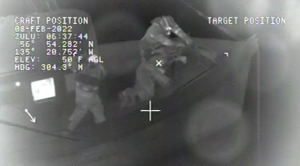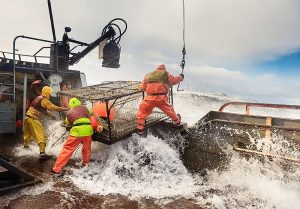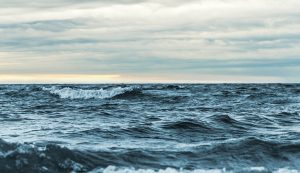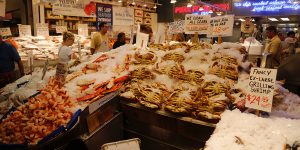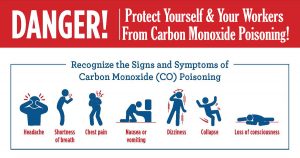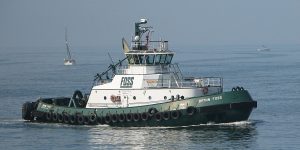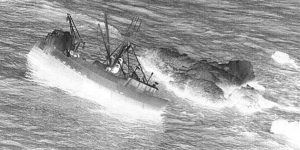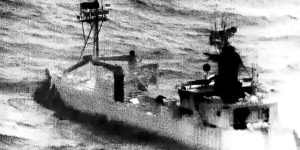Illegally Caught Halibut Seized in Alaska
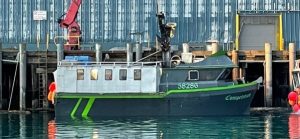
Law enforcement crew members working on the U.S. Coast Guard Cutter BAILEY BARCO found illegally caught fish after they boarded and searched a fishing vessel. The incident took place on February 19th, while the vessel was located about 12 miles northeast of Kodiak, Alaska.
The 38-foot F/V COMPETITION was searched, and it was discovered that they were carrying 18 halibut and one ling cod during a closed season. Law enforcement personnel issued violations for possession of halibut during a closed fishery, and for operating beyond 3 nautical miles with an expired EPIRB hydrostatic release. The vessel was also operating without a current commercial fishing vessel safety examination. The catch was seized, then taken to Kodiak and turned over to NOAA Law Enforcement officers.
“Working with our partners in the National Oceanic and Atmospheric Administration, our enforcement efforts help the many legitimate Alaskan fishermen we encounter on a daily basis, ensuring nobody gains an unfair competitive advantage at the expense of biological sustainability,” said Lt. Brian Williams, Bailey Barco commanding officer.
 Maritime Injury Law Blog
Maritime Injury Law Blog



